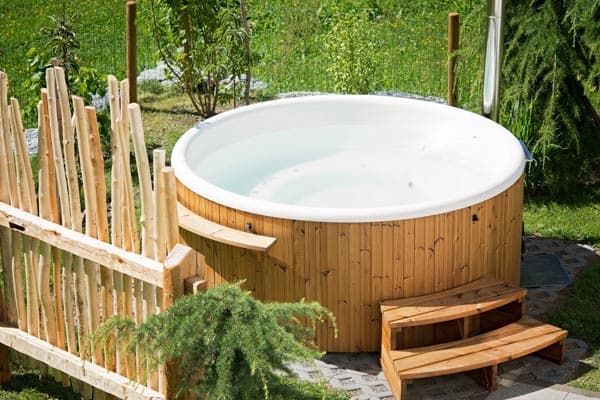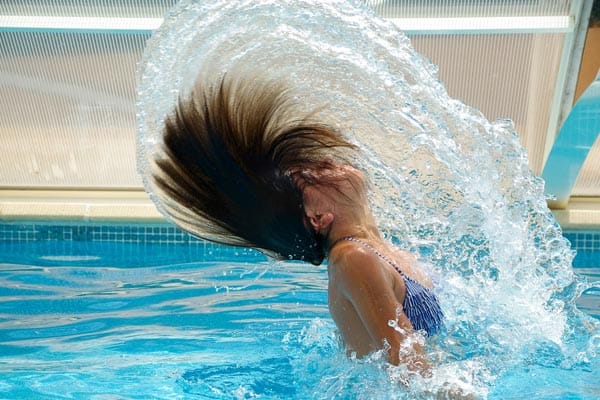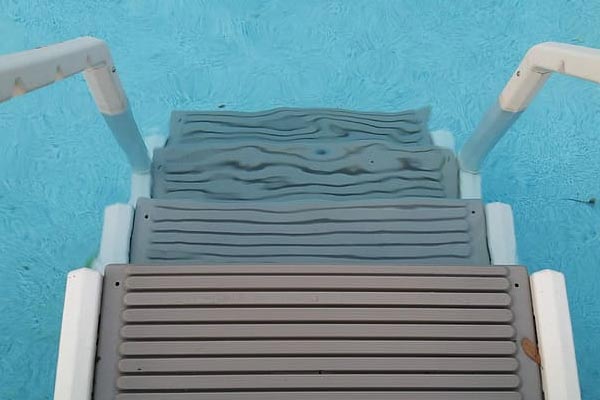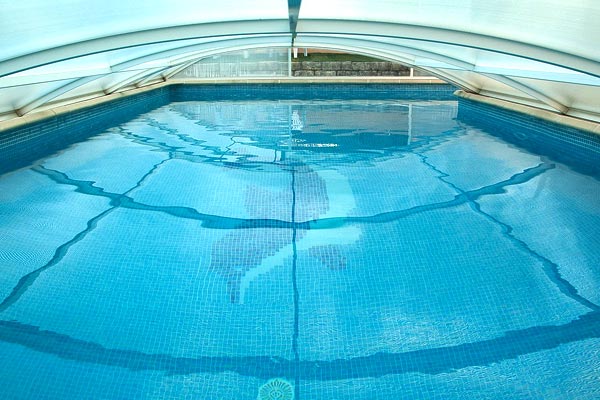How to Vacuum an Above Ground Pool in Seven Basic Steps
No matter if you’re a new owner of an above-ground pool or you’re taking over the routine maintenance, learning how to vacuum the pool is critical for expanding the lifespan of the pool.
Since we all want to enjoy our pool on the long, hot summer days as much as we possibly can, vacuuming is one step that you don’t want to skip.
How to Vacuum Above Ground Pool
To vacuum the pool, stand in a position where you can see the bottom clearly and move the vacuum head slowly back and forth over the bottom of your pool. You want to ensure that you’re overlapping your passes slightly to get all of the debris and make sure you keep the head underwater at all times to prevent it from losing prime. Continue vacuuming until you can’t see debris anywhere.
This is a very quick overview of the general process, and we’ll go more in-depth into each of the seven steps for you below to ensure that you know how to vacuum your above-ground pool from start to finish. In turn, you can get a sparkling clean pool that lasts for years.
Step One – Remove Debris and Large Leaves from the Water’s Surface
Before you fire up your pool vacuum, you’ll want to remove as much debris as you possibly can from the surface of the pool. Bigger debris and leaves will typically block the hose pipe or vacuum head while you work if you don’t remove them straight away.
Using a scoop net, pool rake, or skimmer to remove any surface debris you see, like twigs, leaves, insects, and hair, can make the vacuuming process go smoother.
You have to get rid of as much debris as possible before you start the vacuum, or you’ll slow the whole process down because you’ll constantly be stopping, fishing the debris out of the vacuum, clearing clogs, and starting the process all over again.
There are several high-tech options available on the current market that are more expensive, but you can do the same thing with a manual skimmer or scoop net with a little time and effort on your part.
Step Two – Assemble Your Vacuum Head, Hose, and Extension Pole
The next step involves attaching your vacuum head to the telescoping pole and then to the hose.
You should only start doing this after you clear out most of the bigger debris from your pool on the surface of the water.
If you know that you’ve removed any debris that can float up and interrupt your vacuuming, you can hook up the swivel end of the vacuum hose directly to the head.
Next, connect the vacuum head to the fiberglass pole or to the extension pole before locking the pole tightly into position to avoid it sliding around or coming off during the vacuuming process. Double-check your connectors before you move on.
Step Three – Immerse the Vacuum in the Pool Water
Lower your vacuum assembly featuring the extension pole, vacuum head, and vacuum hose down into the pool water until the vacuum head sits on the bottom of the above-ground swimming pool.
Lock your extension pole into position now that you know it’s the correct one before gently leaning it against the side of the pool. Make sure that your vacuum’s water-return outlet can easily reach your pole before you lock everything in place.
You also want to ensure that the entire thing can’t just float back to the surface of the pool when it expels air from the hose.
In this case, you want your vacuum head touching the bottom of the pool, and the pole should be under a tight locking mechanism. Also, make sure that your pole isn’t within easy reach of the water-return outlet before you go further.
Step Four – Put Water in the Vacuum Hose to Fill it
Hold the pole in front of the pool’s water-return outlet to fill the vacuum hose with water before grasping the pole firmly with one hand to prevent the whole thing from floating back to the surface of the pool when air expels from the hose.
Flood the hose with water and do it consistently until there are no air bubbles emanating from the vacuum head under the water.
When you submerge the hose and let it fill with water, you’re allowing the trapped air to escape. This is known as priming the hose, and the goal is to remove any trapped air that could get into the pump and cause a blockage for air passage. Prime the hose until you have no more visible air bubbles on the vacuum head.
Step Five – Attach the Hose Pipe to Your Skimmer
Keeping the hose end submerged in the pool, gently move it away from the pool’s water-return outlet and attach your hose to a dedicated suction port or the skimmer.
A standard vacuum for the pool will use the suction force in the skimmer lines to work, and it’s a good alternative if your pool doesn’t have a dedicated suction port.
Most skimmers require that you take the basket off before you can attach the hose. Look for the hose port at the bottom of the skimmer. When you connect the skimmer disc directly to the skimmer above the suction port, it’ll initiate your pool vacuum.
Step Six – Vacuum the Pool
Take up a position where you can see the bottom of the pool very clearly. Guide the vacuum head very slowly back and forth across the sides and bottom of the pool, making use of the equipped telescoping handle.
To make your vacuuming process more effective, try to vacuum the entire floor of your pool with overlapping strokes to ensure you don’t miss anything.
The vacuum head should always be submerged during this process, so you don’t lose the prime. Keep vacuuming until your above-ground pool is completely clean, and remember that patience and thoroughness play huge roles in how successful you are.
If you vacuum quickly, sediments can get stirred up and settle right back on the bottom after you pull the vacuum out.
Step Seven – Dismantle Your Equipment
Once you finish vacuuming the pool, you want to carefully detach the vacuum hose from your skimmer or suction port before taking your vacuum equipment apart.
urn off the pump next and switch your filter valve to the backwash setting. Inside your filter system is sand, and it works to block oil, dirt, and debris from entering the pool.
The backwash will reverse the water flow to push the dirty pool water through a waste line into the drain. Leave the pump and backwash running for at least two minutes or until the water runs clear.
When it does, turn the pump off and rinse your filter out by switching the water filter valve into the rinse position for a minute.
Empty the filter skimmer basket, clear out the hair receptacle, switch on your pump, and reset the filter valve to filter to finish the process.
Bottom Line
Pools are an amazing feature to use to enhance your home that requires proper maintenance and cleaning to keep them a healthy environment to swim in.
Regularly vacuuming out the pool will get rid of contaminants that sink to the bottom to keep the pool as fresh as possible.
We’ve outlined the basic steps you should take to vacuum your above-ground pool, and you can use this guide to keep your pool fresh and clean all season long.






